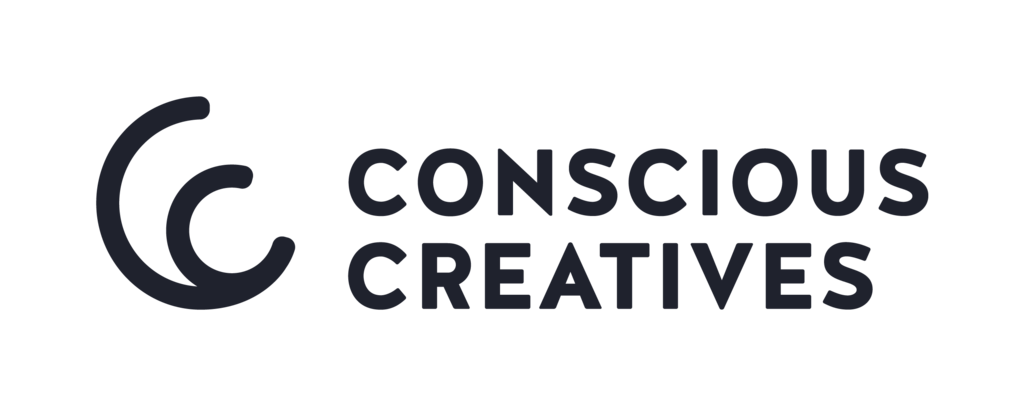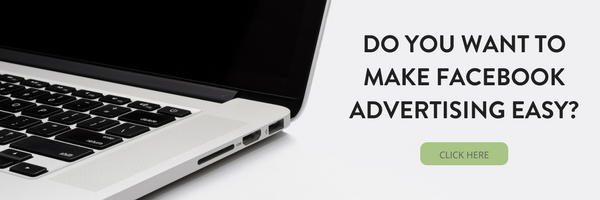The Anatomy Of A Facebook Ad
There are lots of options when it comes to Facebook ads and it can get overwhelming.
In this blog we are going to break down the core elements of ALL Facebook ads.
You will be able to return back to this blog whatever type of ad or type of ‘Campaign Objective’ that you choose to use.
Why is this blog important?
We spend around £20-£30k per month in Facebook right now, while that’s a drop in the ocean for some big agencies for a boutique agency this has given us lots of learning opportunities (thats what we call things when they don’t go as we had hoped – we learn A LOT).
One thing we’ve found is that the landscape of ads changes all the time and that keeping pace with all of the changes ca be tough, there are so many people with so many different experiences that it is difficult to know who to listen to. So we stick to our core principles when creating ads and that allows us to create quickly with great results.
Step 1: The Objective
Choosing a campaign objective is sometimes an ordeal in itself. I want ‘Traffic’, ‘Video Views’ and ‘Conversions’ WHICH ONE DO I PICK?
A good question…
We try stick with the following rules:
If it’s a video use ‘Video Views’ – we tested and found this to be the most profitable
If your campaign is not video but going to a landing page away from Facebook use ‘Traffic’ if you are getting less than 2-3 conversions per day and ‘Conversions’ if you are getting over 3 conversions per day. Facebook says it’s 15 conversions per month to stay optimised for conversions but through our testing we’ve found that anything less than this Facebooks ‘Cost Per Conversion’ is erratic and only predictable over long periods of time.
Step 2: The Audience
Our favourite strategy is a mix of classic advertising and then utilising Facebooks own tools to really scale.
We start by picking 10-20 audiences. In those audiences are 1 interest from the ‘Interest Targeting’ area that we think is relevant to the audience. We don’t worry about audience size or anything like that we look at a few metrics:
- CPM (Cost Per 1000 Impressions) how much it costs to get your ad in front of someone. This is an indicator of how competitive that interest might be and will help you find some solid niches for your ads.
- CTR (Click Through Rate) what kind of response the audience is having to the ad. If they are clicking then you are to something. At this point we are just finding an audience that is cheap and is looking for something that you do. We aren’t worried about the conversion.
- CPC (Cost Per Click) this will give us a guide towards how much it’s going to cost us to get people off Facebook and to a landing page. It’s rough but from there we can predict CPL (Cost Per Lead), CPA (Cost Per Acquisition/Sale) and ROAS (Return on Ad Spend). It won’t be 100% accurate but it’s a good indicator.
Once we’ve run that test, which we typically run for 7 days, we then pick the best performing audience and put more budget behind it with a whole bunch of ad tests to see what happens. Now we are starting to refine the process for conversions and hitting the various lead/sale targets we have.
During this stage we will also analyse the breakdown to see what kind of performance we get from each placement, age, gender, location etc. Again this is going to tell us if there are any great, cheap ways to get into our target market and maximise ROAS.
Step 3: The Ad
Here we are going to break down the nuts and bolts of an ad. There is a LOT of room for interpretation here depending on your creative ability and resources so we are going to try and keep this as broad as possible.
The Copy:
There are 2 types of copy that I have seen work for Facebook ads. Short or Long.
If you are going for short copy then keep it simple. Here is a little template.
“Calling all {{Target Market}} do you {{pain point}}? What is you could {{solution}}?
Click here to find out more {{short link}}”
Don’t try to be too clever with the short copy, make it impactful by calling out your target market and presenting a simple solution to a known pain point. You have to be a little delicate as Facebook will penalise you for ‘over promising’ but you can be clever enough to work around that.
For long copy we like to use a template that’s a little more in depth.
“Call all {{Target Market}}
Have you ever {{pain point}}?
If you are like me then you’ll know {{the impact of pain point}} only too well.
{{personal story}}
That’s why I created {{solution}}
If you want {{benefit}} then click here {{short link}}
{{social proof – testimonial}}
P.S. {{scarcity}}”.
Lets look at a couple of examples. One of our clients is a local coffee shop that often runs ads for £1 coffee.
Short Copy:
“Calling all Coffee Lovers do you love coffee but hate the dent in the wallet? What is you could have a wonderful barista prepare you a beautiful, locally roasted coffee for just £1?
Click here to grab the offer http://goog.l/36hs8″
Long Copy:
“Call all Coffee Lovers
Have you ever woken up and just wished there was a barista with a fresh coffee waiting for you?
If you are like me then you’ll know that unfortunately that probably isn’t going to happen BUT there is the next best thing!
We created this coffee shop as a beacon of the community in the heart of the wonderful redevelopment. Our coffee shop is all about community and bringing people together.
That’s why we are offering a cup of coffee for just £1 when you download the voucher.
If you want fresh, locally roasted coffee loving prepared into your favourite drink then click here http://goog.l/36hs8
“Easily one of the best coffee experiences in Nottingham. I love what they had done with the space, huge amount of light. Makes for great meeting. Staff are lovely and welcoming making me feel like a regular after the first or second time I came in. If your going for the cheese toasty get it with extra bacon, you won’t regret it! The coffee is always the perfect temperature and it comes in generous servings. Tastes and smells extremely fresh, almost like it’s been roasted next door… big fan of this place. 5/5!” – Matt, Nottingham Local.
P.S. This offer is only available until the end of the month so make sure you sign up soon”
The Creative:
Whether you are choosing a video or an image the creative needs to have what we call ‘Ad Scent’. That’s a technical term for when someone sees an ad, clicks the ad and goes through to the landing page that it all makes sense. No bait and switch.
Going further we like to line up ad colour pallets/images/headlines with landing pages so that it’s clear your prospect is in the right place and that ad scent will lead to higher conversion rates.
For video:
Think where the ad is going, if it’s on mobile then film it vertically. It takes up more screen space and will get higher clicks and views than a horizontal ad. If it’s going to desktop then make it horizontal/square so that it fits properly into the space.
Make sure you add captions. Either by using a service like rev.com or by custom creating them. 85% of video on Facebook is watched with no sound so having captions will make sure that even if people are watching in silence, your call to action is visible.
Much like copy either go short (30 seconds) or long (7-8 minutes) and make sure that it provides value and is relevant.
For image:
Make it bright so that it stands out. We call them ‘thumb stoppers’. Use text but make sure it stays within the 20% rule. If it goes above that it will hurt your CPM and reduce the number of people that get to see your ad. We don’t want that!
As mentioned above try to keep the colours/fonts on the image in line with the landing page so that when people click through they know where they are.
The Headline:
This will depend again on your placement. If you are going mobile then use just 5-6 short words. If you are going to desktop you can get away with a few more.
Your headline and creative represent 80% of the reason why someone is click on your ad. You need to make it appealing. Speak to a pain point. Make people stop in their tracks and feel they need to click your ad. Don’t go ‘click baity’. Make sure that you are bringing a real solution to that pain point.
A great resource for headline writing can be found here: https://copyhackers.com/2015/10/copywriting-formula/#Headline_writing_formulas
The Call To Action:
There are several options for a ‘Call To Action’. I and many other advertisers have tested them all and no matter what the ad type or next stage we normally find that the ‘Learn More’ CTA delivers the best results. I would definitely experiment though.
It’s easy to end of defaulting to ‘Learn More’ but definitely try others that fit with your objective and conversion event.
So there we go!
That’s our break down of a Facebook ad. If you are reading this and still a little confused about what you might use and where then head to our Contact Page and reach out.




